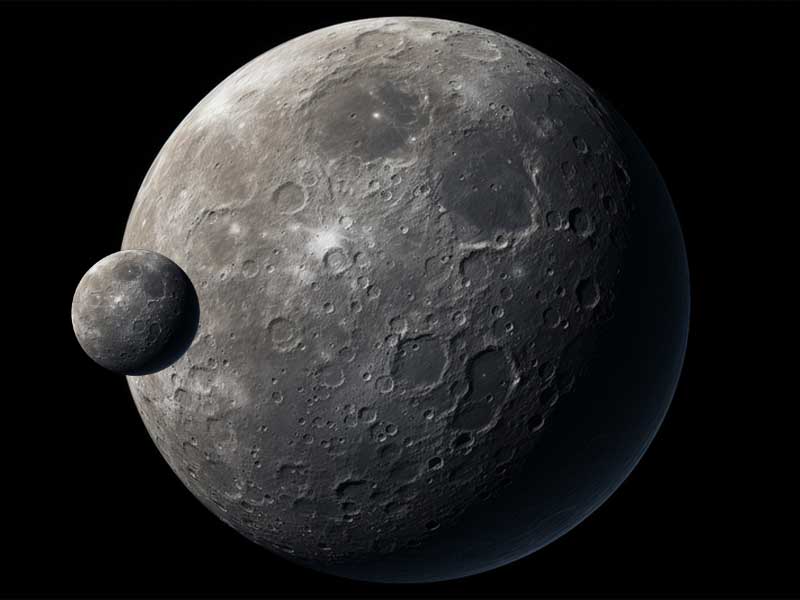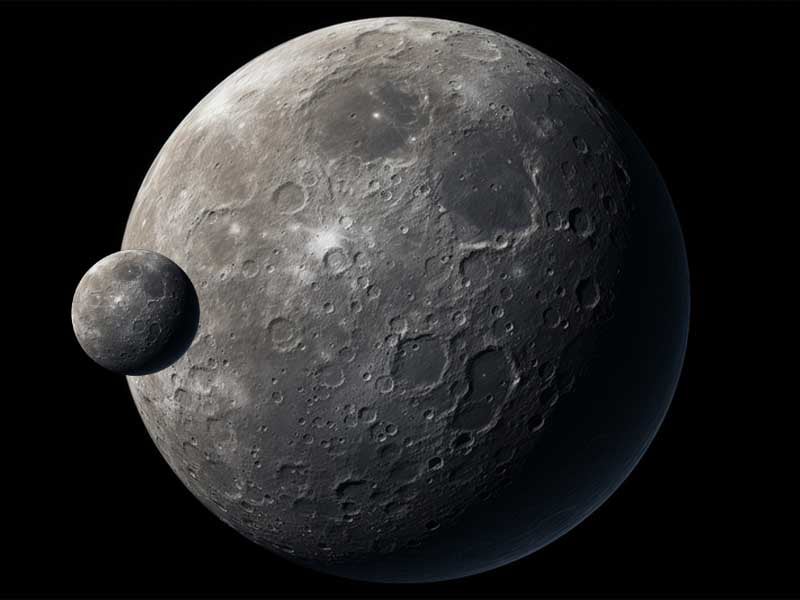
So, Earth has a “new moon,” but before you get too excited about a cosmic sidekick, let’s set the record straight. Earth is not suddenly a two-moon planet. What’s really happening is that a little asteroid, officially named 2024 PT5, has wandered into Earth’s gravitational neighborhood.
But is it a moon? No.
Let’s break this down: The object in question is a 33-foot-wide rock. That’s about 10 meters for anyone outside the U.S. (and, let’s be honest, 10 meters doesn’t sound as moon-worthy as 33 feet either).
Unlike our actual Moon, which has been Earth’s loyal companion for billions of years, this little guy is just passing by. It’s not in a stable orbit around Earth; it’s doing more of a “drive-by” thanks to Earth’s gravity.
The media is calling it a “new moon”—because who doesn’t love a catchy headline—but scientifically, it’s not sticking around long enough to earn that title. In fact, these asteroids float into Earth’s gravitational field every few years, get their orbits tweaked, and continue on their way. It’s more like a cosmic flyover than a full-on lunar addition.
So why the buzz? Well, space is cool, and this asteroid might have some historical significance.
It could be a leftover chunk from the same debris cloud that helped form our Moon 4.5 billion years ago. If that’s true, it’s kind of like a little cosmic reunion, which is nice… but still not moon-worthy.
In short, we don’t have a new moon.
We have a rock crashing our orbit party for a couple of months. It’ll be gone by November, and honestly, you probably won’t even notice.

